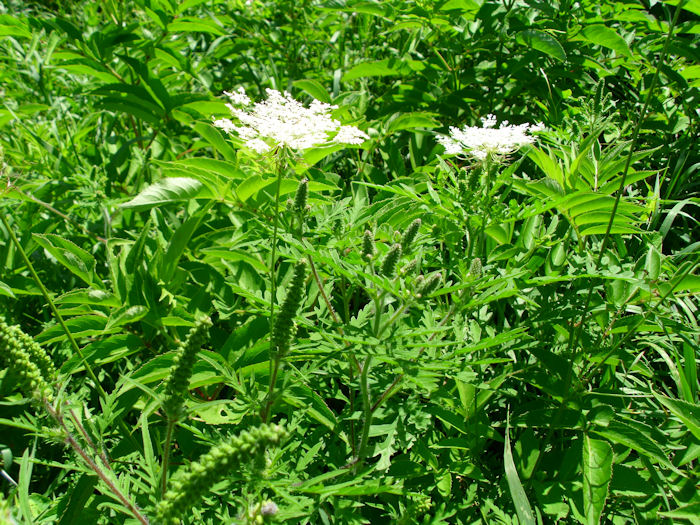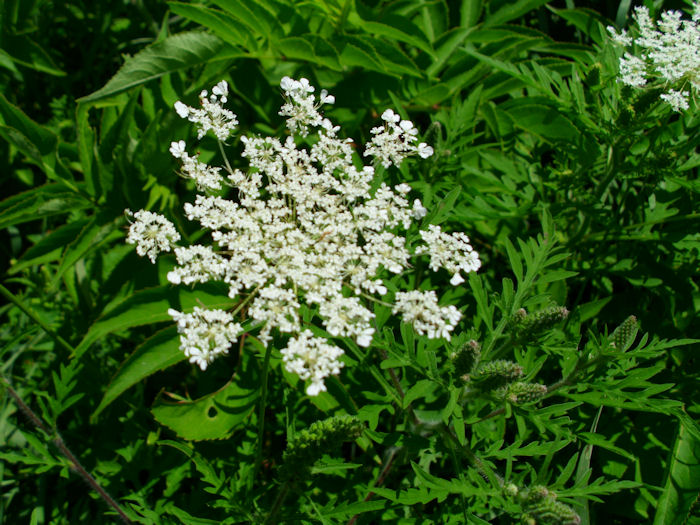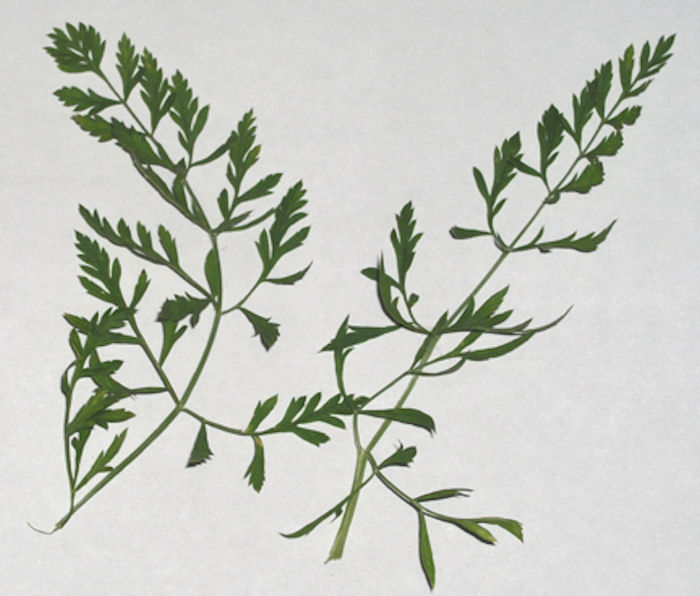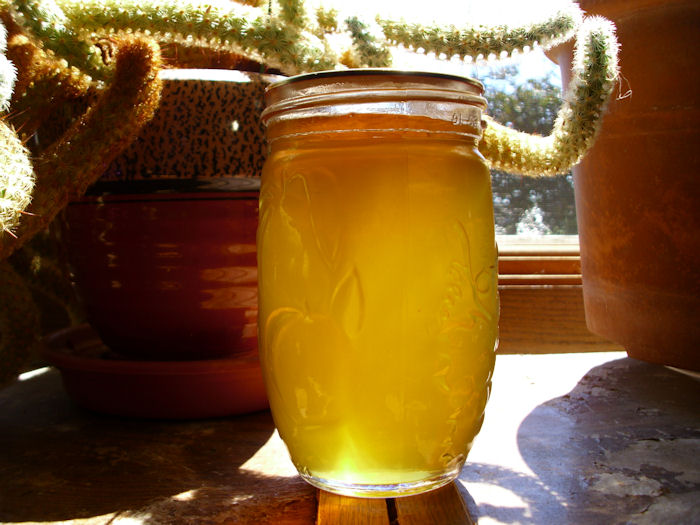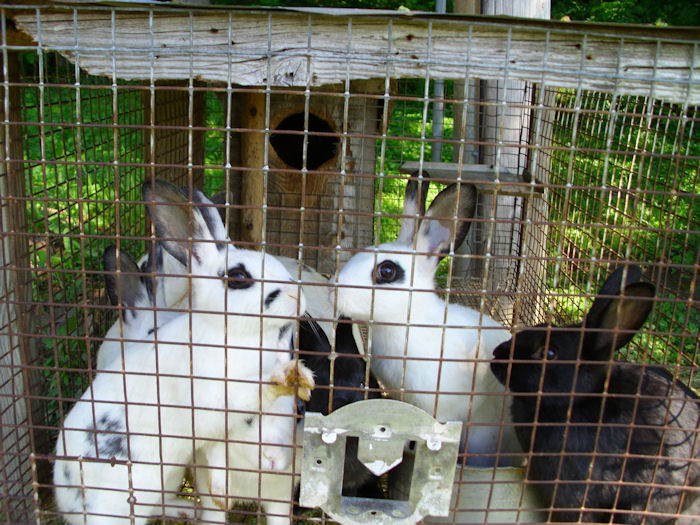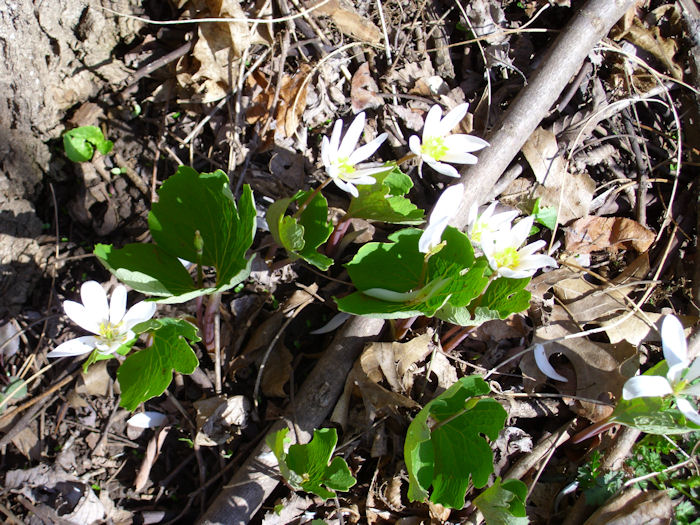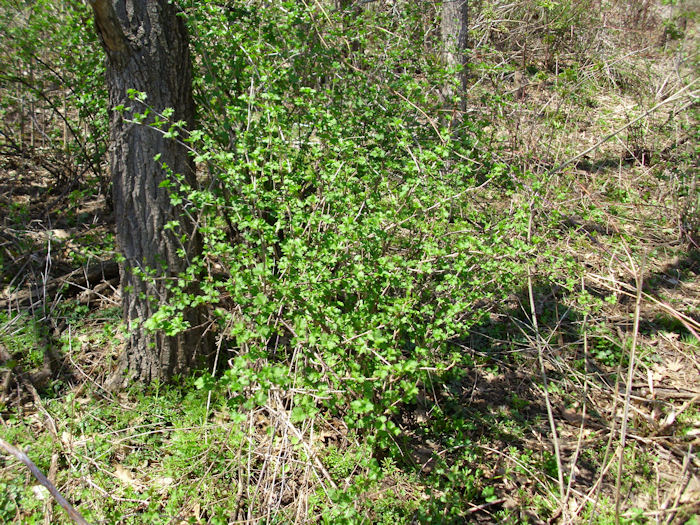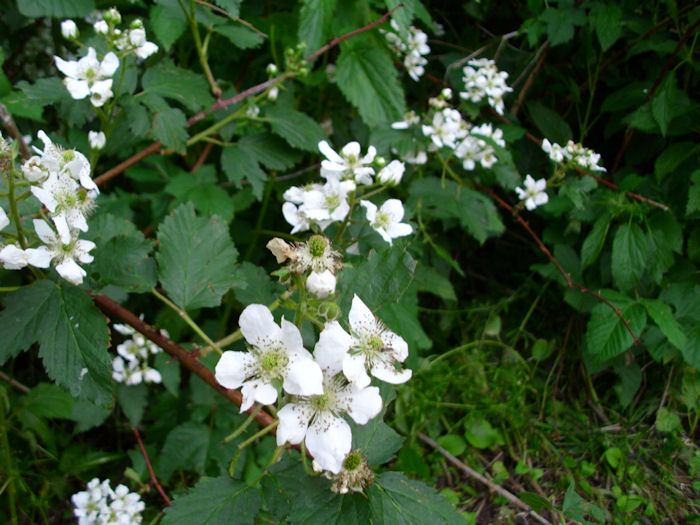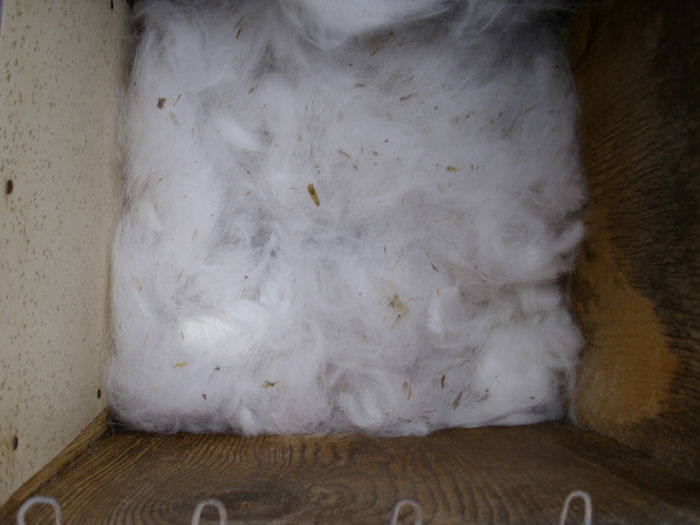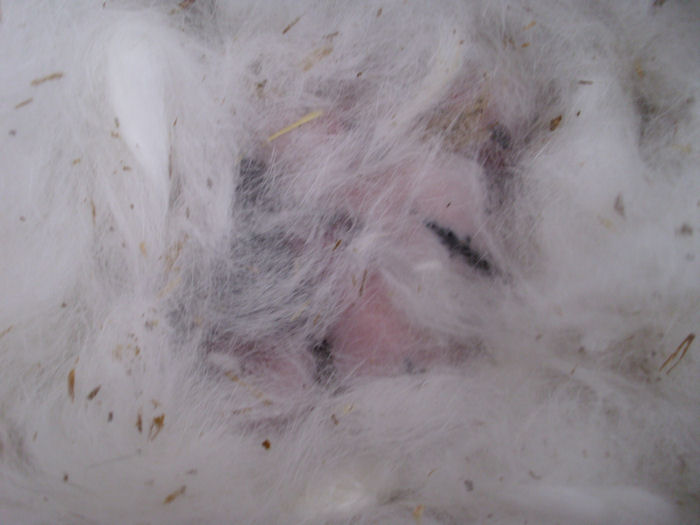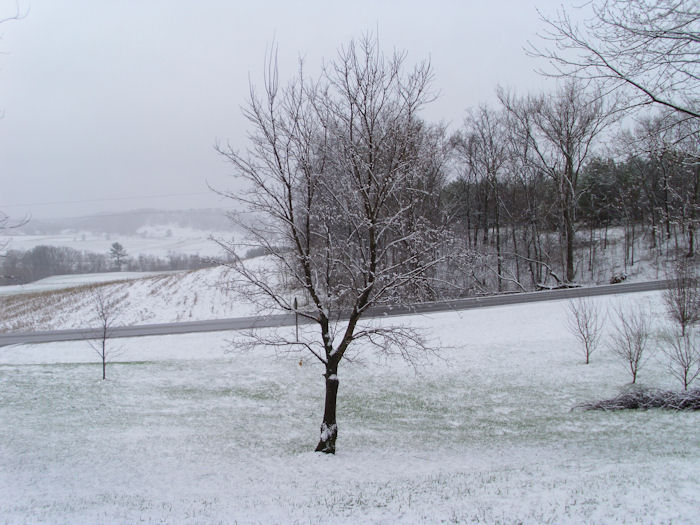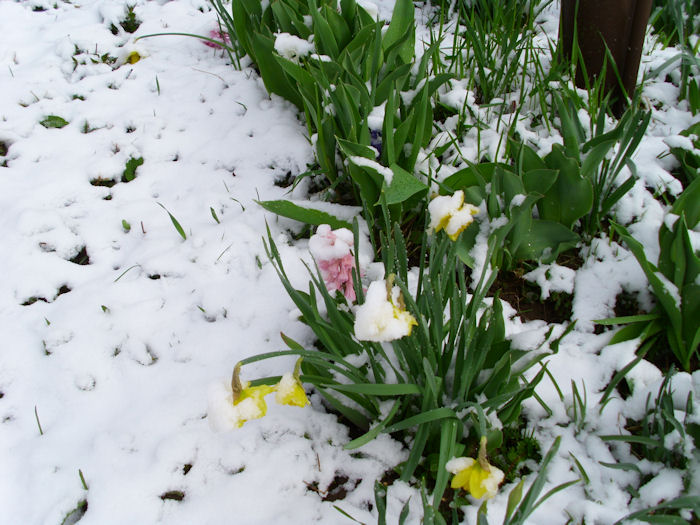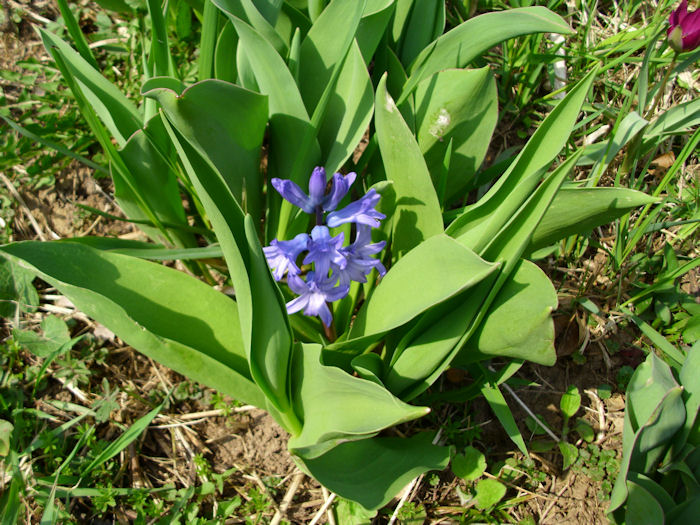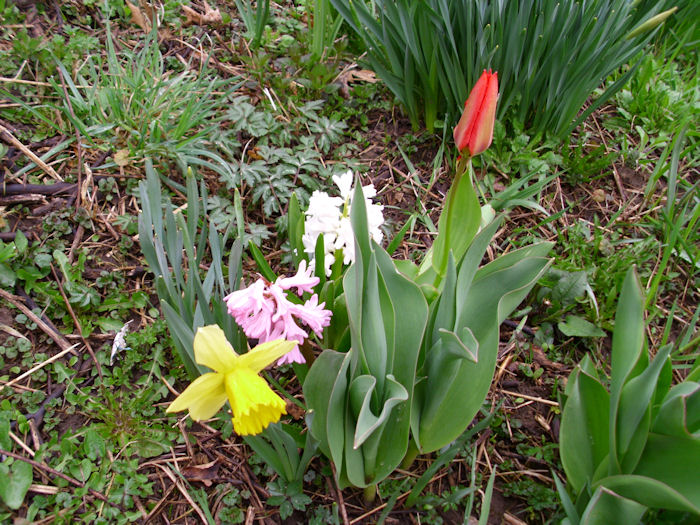This is the time of year that I spend a good deal of time in the woods cutting fallen trees as fodder for my wood stove. Not only is cutting wood good exercise and a cost effective way to heat our home, but using wood can be better for the environment because it’s a renewable resource. We do our best to replace the trees that we use to heat our home. In fact, some areas of the woods that we initially began using 15 years ago are already growing back quite nicely.
Some people get the idea that I keep my nose to the grindstone while out there, which would be a true waste. For one thing, not paying attention to what’s going on around you is a really good way to get hit by a falling tree. They all have to fall sometime—there isn’t any unwritten rule that states they’ll wait until I’m no longer around to hit. However, the thing I like best about being in the woods is seeing all of the animal life. You might think that Wisconsin in the winter is a dead place, but life abounds in all its forms. So, it was with a great deal of glee that I watched flying squirrels glide between trees the other day.
It’s a common misconception that flying squirrels actually fly. They’re fantastic gliders, not fliers. A flap of skin between the front and back legs provides lift for them to glide between trees quite swiftly. In fact, of all the squirrels, I think they move the fastest (we also have red and gray squirrels around here). Trying to grab a picture of them is a near impossibility. I’m sure someone has done it, but they’re more skilled than I am ![]() .
.
I haven’t seen much of Woody, the pileated woodpecker this year. He often watches me work on trees. I can differentiate this particular woodpecker from the others in our woods in two ways. First, the bands of colors on Woody’s head are different from other woodpeckers in our woods. Second, he has a habit of looking at me sideways with the right eye. I’m not sure if his left eye is damaged or it’s simply a characteristic of this particular woodpecker. What attracted Woody is unknown to me. Most woodpeckers want nothing to do with me (granted, Woody does keep his distance and isn’t in any way tame).
Of course, there are always rabbits, endless assortments of birds, and all sorts of other animals in the woods. Sometimes I’ll see opossum. On one occasion I saw a fisher—something that is extremely rare from what I’ve been told. The fisher seemed to be chasing after rabbits, but it was far enough away that I don’t know what it was chasing with absolute certainty. On rare days I’ll see a deer, but because I make so much noise cutting wood, such sightings are incredibly rare for me. I’m most likely to see a deer on days when I go to the woods for the sheer joy of observing nature, rather than cutting wood.
Some people question why I’d go to the woods to sit on a tree stump in the middle of winter when I could be inside safe and warm. Nature offers considerable entertainment for anyone willing to take the time to view it. During this particular day, the antics of the flying squirrels had me chucking quite hardily. You just don’t get that sort of entertainment on television. Do you ever observe nature and all it has to offer? What are your favorite sights? Let me know at [email protected].

